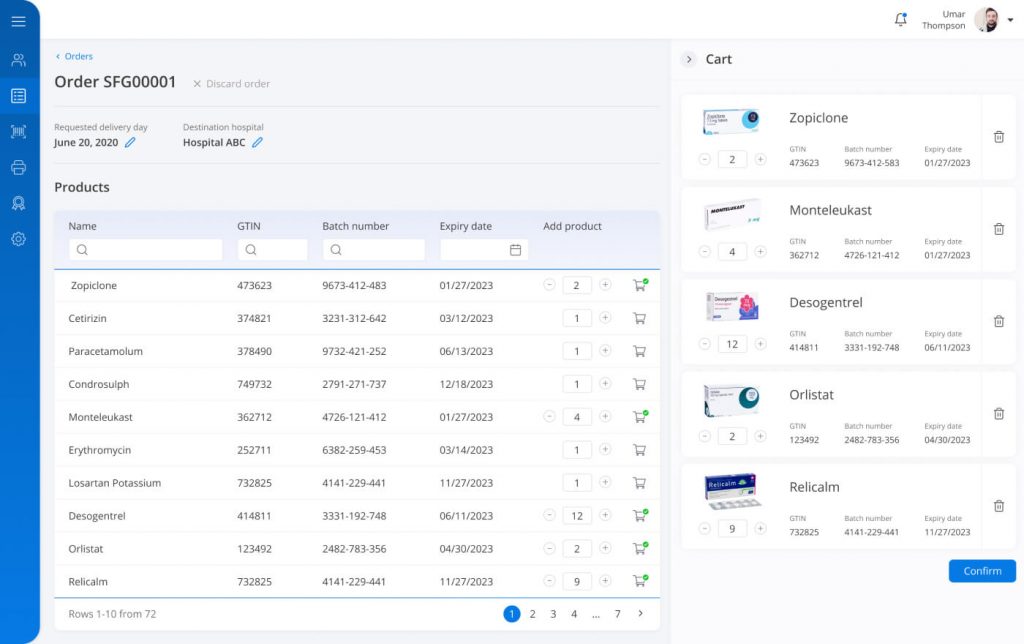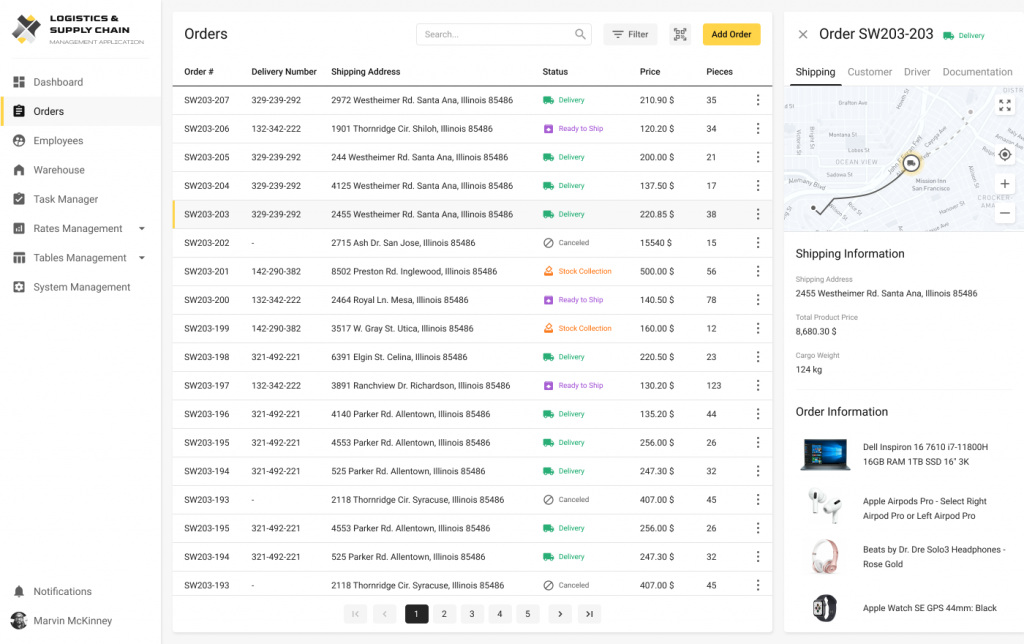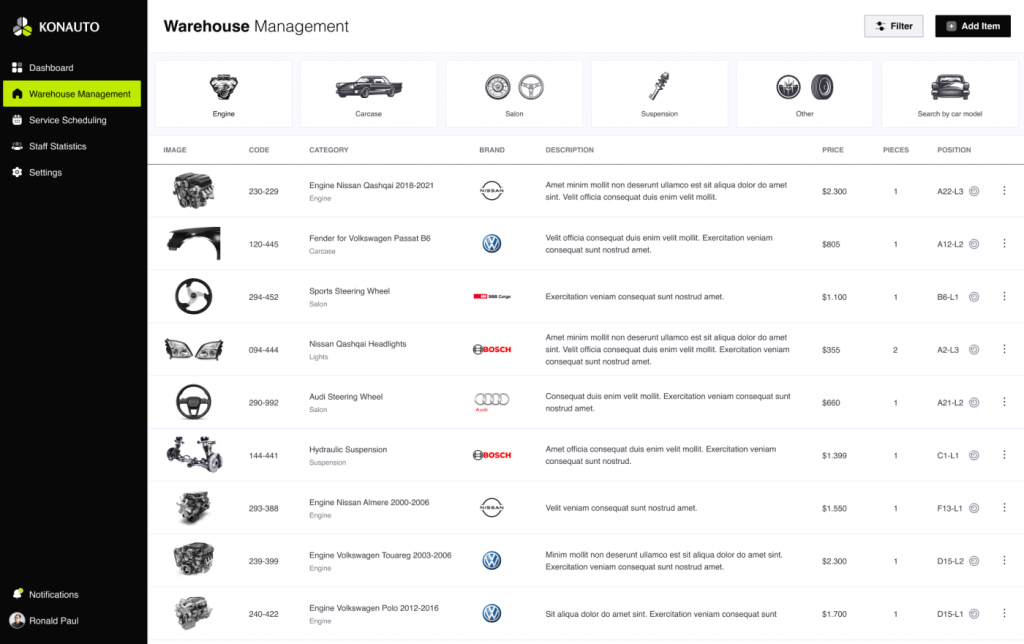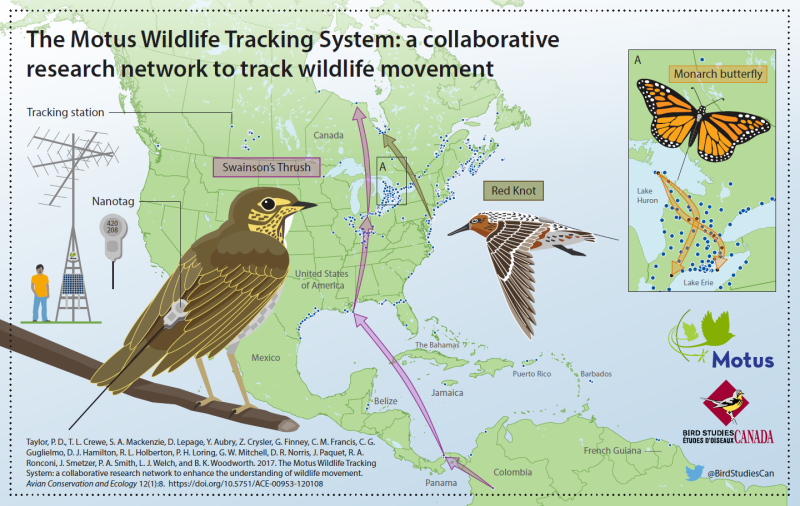Tracking systems have become integral to large companies’ business processes and average individuals’ lives. If you’re lost in an unfamiliar city, you can always rely on your smartphone’s GPS capabilities to find the quickest path to the railway station. For those who manage a large fleet of vehicles, the same technology can become the basis for a complex management system that tracks their assets and maximizes resource utilization. As one technology can shift forms so quickly and become either a tourist assistant or a key cog in the mechanism of a large enterprise, imagine how many possible tracking systems are out there.
The number of possible combinations of tracking devices and the ways you interpret the data you get from them result in too many types of tracking systems to name them all in one article. Instead, we’ll categorize the most widely used of them to help you navigate such a diverse universe.
Tracking Systems by Technology Used
GPS-based Tracking Systems
Global Positioning Systems (GPS) are the champions of outdoor tracking and probably the first thing that came into your mind after you read this title’s article. These systems utilize a network of satellites to pinpoint the location of a GPS receiver with high accuracy, often within a few meters. GPS tracking software developers use this feature in various applications, from fleet management to package delivery tracking and personal safety devices.
Cellular-based Tracking Systems
Cellular networks can also be used for tracking. Sometimes, this technology is used to improve the work of GPS trackers. Such devices connect to a cellular network, just as your smartphone does. It allows them to transmit location data over cellular networks, particularly useful for real-time tracking in remote areas with limited satellite visibility. An excellent example here is the Fi Smart Dog Collar that combines GPS with cellular-based tracking to keep an eye on your dog 24/7 (it’s also waterproof):
![]()
Wi-Fi-based Tracking Systems
When GPS + Cellular-based Tracking combo is insufficient, you can also rely on Wi-Fi networks. Their MAC addresses can identify Devices with Wi-Fi capabilities when they connect to Wi-Fi networks. It can be used for location analytics in public spaces or tracking inventory within a Wi-Fi-enabled warehouse. The Jiobit Smart Tag is a device that goes “all in” and uses a combination of Bluetooth, Wi-Fi, cellular, and GPS data. This tiny fella (not bigger than a little cookie) can help to keep track of your pet, child, or elderly parent wherever they go:
![]()
Bluetooth-based Tracking Systems
Speaking of Bluetooth. The technology that is firstly known for its ability to connect wireless devices can also be used for tracking. You can attach a small tracking gadget to the things you don’t want to lose. Such devices use Bluetooth Low Energy or BLE for short-range and low-power tracking. Unfortunately, Bluetooth’s working range is limited to approximately 60 meters, which narrows this technology’s application scope. As an alternative to attaching a Bluetooth tracker to your keychains, you can place BLE beacons in strategic locations and allow devices to detect them, enabling location approximation within a building or a small area. It works well for indoor asset tracking in warehouses or pinpointing items within a retail store for a more engaging customer experience.
The Teltonika EYE Beacon, for example, could be mounted inside a truck so they can be identified, and this data can be sent to the server for further analysis and reports:
![]()
Thus, every truck can be tracked in real-time using any smart device, be it a smartphone, laptop, or PC. With a reliable fleet management software solution, you’ll know exactly what is going on with the fleet and plan further actions in a timely manner.
Read Also What Yard Management Systems Are and How They Can Help Your Logistics Business
RFID-based Tracking Systems
Radio Frequency Identification (RFID) uses radio waves to identify and track objects. RFID tags contain microchips and can be attached to different items. With readers, you can transmit radio waves and prompt the tags to respond with their unique ID. RFID cards and badges are irreplaceable when you need to identify and track personnel. Inventory management and toll booths are other examples where these invisible tags shine.
Sensor-based Tracking Systems
Sensor-based tracking goes beyond location. These systems use sensors like accelerometers, gyroscopes, and magnetometers to track movement, orientation, and even environmental conditions. Fitness trackers and smartwatches often utilize this technology for activity monitoring.
Radio Tracking Systems
These systems use dedicated radio frequencies to track objects equipped with radio transmitters. They can be parts of avalanche beacons used for mountain rescue.
Barcode Scanners
Barcode itself is not a tracking technology by itself but a method of representing data in a way a machine can understand. However, barcode scanners can significantly affect inventory management and asset tracking. It’s relatively straightforward (and definitely cheaper compared to RFID trackers) to print a set of barcodes representing the required information and put them on items. By scanning these unique barcodes, tons of relevant data can be instantly retrieved from a database. For example, our Pharmacy Order Management System uses this technique to help a pharmaceutical company with efficient item tracking:

Tracking Systems by Purpose
Vehicle Tracking Systems
These systems rely on GPS and cellular networks to track specific vehicles in real time. With such a system in place, logistics companies can optimize routes by accessing traffic data and helping drivers avoid traffic jams. Reducing engine idle time is another feature that helps enable efficient fuel consumption. Delivery companies can monitor their trucks, and taxi services can track cab availability. As an example of such an app, you can look at our GPS Vehicle Tracking System:
![]()
It shows a car’s current location, speed, and moving direction, allows route planning, and allows users to review historical route information.
Fleet Management Systems
Tracking a single vehicle is not such a complicated task, to be frank. But what if you deal with hundreds of trucks? In this case, vehicle tracking apps can become the basis for fleet management solutions. These comprehensive systems work on a bigger scale and go beyond just tracking a single vehicle and planning the optimal route for the driver. They integrate GPS data with fuel consumption monitoring, deep driver behavior analysis, and maintenance scheduling to optimize fleet operations and make them cost-effective.
Package Tracking Systems
Why do we need all these trucks? That’s right, to deliver stuff! And all the shipments require tracking as they move through the supply chain. Package tracking systems are standard for courier services or e-commerce companies delivering their products directly to customers. To ensure that customers are happy, businesses need to enable access to real-time information on the location and status of packages during shipment. Barcodes or RFID tags can be scanned at various points in the delivery chain. The data can be uploaded to databases, allowing customers to track their deliveries. Businesses, in their turn, can use this data to optimize logistics. Our Logistics and Supply Chain Management Application is an example of a comprehensive solution that covers these requirements:

It makes package delivery simple and transparent and improves document processing.
Equipment Tracking Systems
These systems imply keeping tabs and sensors on valuable movable items, like tools, machinery, PCs, high-end rental equipment, or even navigation buoys:
![]()
It helps pinpoint the location of the company’s assets, prevent loss or theft, and optimize utilization. Moreover, in the case of complex construction equipment, for example, tracking systems can monitor its condition to ensure it lasts a long time. It can be achieved by using IoT devices and implementing predictive maintenance functionality. Organizations can schedule proactive maintenance by analyzing data on equipment performance, usage, and condition, preventing equipment breakdowns and reducing downtime.
Inventory Tracking Systems
Inventory tracking helps companies monitor everything that goes into their warehouses and leaves them. For example, it is crucial for manufacturing companies that want complete control over the flow of raw materials. Our old friends, barcode scanners, RFID tags, or even weight sensors can be used to track inventory movement, prevent stockouts, and optimize ordering. With such a system, the company can automatically reorder specific materials when supplies dwindle. It helps find a balance between meeting customer and organizational demand and minimizing carrying costs. Our System for Efficient Car Service Scheduling and Warehouse Management, among other things, ensures that there are always enough car spare parts at the warehouse to enable the non-stop operation of the company:

Personnel Tracking Systems
These systems can track the location and well-being of personnel. Applications range from GPS-enabled wearables for lone workers to RFID badges for access control or monitoring attendance at events. They’re commonly used in industries like healthcare, construction, and security. These systems ensure employee safety, facilitate emergency response procedures, and enhance workforce productivity. Personnel tracking systems may utilize wearable devices, RFID tags, or biometric identification methods for accurate monitoring.
Read Also: Deep Dive Into the Job Application Process Through the Applicant Tracking System (ATS)
Wildlife Tracking Systems
Researchers use various tracking technologies, such as GPS tags or radio transmitters attached to animals. These technologies help study migration patterns, habitat utilization, and animal behavior, providing valuable data for conservation efforts. Imagine tracking endangered sea turtles or monitoring the movements of elusive snow leopards.
The Motus Wildlife Tracking System is an excellent example of such a system. It’s an international collaborative network of researchers that uses automated radio telemetry to track hundreds of species of birds, bats, and insects:

Environmental Monitoring Systems
Here, sensors track environmental conditions like temperature, humidity, air quality, or water levels. Data can be transmitted wirelessly and displayed in real-time, allowing for crucial ecological protection measures. It is vital in environmental protection efforts and early warning systems for natural disasters.
Medical Tracking Systems
Medical tracking solutions include a wide range of technologies and applications to monitor and manage medical assets, patients, and healthcare resources. These systems include hospital patient-tracking solutions, medical device tracking for inventory management, and medication tracking to ensure compliance and safety. Medical tracking systems enhance patient care quality, streamline healthcare workflows, and improve operational efficiency in healthcare facilities. Examples may include glucose monitors transmitting data to smartphones for diabetes management or implanted tracking chips in pacemakers to monitor their performance.
Tracking Systems by Operational Mechanism
Real-time tracking systems
Real-time tracking systems provide continuous and immediate updates on the tracked object or individual’s location, status, or condition. They rely on such technologies as GPS, RFID, or cellular networks to enable live monitoring capabilities. Real-time tracking is crucial in applications where timely information is essential, such as vehicle tracking, emergency response, asset management, or personal safety applications that use wearable trackers.
Passive Tracking Systems
These solutions don’t send recorded data anywhere right away but instead, store it locally on a device or tag and require manual retrieval for further analysis. For instance, passive RFID tags store data that can be scanned and read at a later time. While passive tracking lacks real-time capabilities, it offers a cost-effective solution for applications like inventory management, asset tracking, or wildlife research, where immediate data access is not required.
Active Tracking Systems
As we already know, real-time data is vital sometimes, so active tracking systems should be used. They transmit data to a central monitoring system either instantly or at regular intervals. They use cellular networks, satellite communication, or radio frequency technology to relay information. Continuous data transmission ensures up-to-date information but requires more investments since such devices come at a higher cost.
Predictive Tracking Systems
In this scenario, systems use advanced algorithms and data analysis to process historical data and current trends in order to predict future events and behaviors. Predictive systems analyze patterns, trends, and anomalies in the accumulated data to make predictions about future outcomes. It’s precious in applications like inventory forecasting, where they can help predict upcoming stock needs.
Tracking Systems by Tracking Object
Inanimate Objects Tracking
Under this umbrella term, we can unite vehicle, fleet, equipment, inventory, and other types of tracking systems we mentioned earlier. Here, you can use RFID, barcodes, GPS, or cellular tracking to detect the current position and movement in the space of your asset, be it a truck or a piece of heavy equipment.
Human Tracking Systems
This one is a bit more interesting since it may include helpful features for large companies and regular people. Such solutions are designed to monitor the location and activities of individuals for safety, security, or management purposes. They can use wearable devices, mobile apps, or biometric identification methods to achieve this. It allows tracking individuals’ movements and health metrics depending on specific requirements.
SOS applications for women’s safety, for example, are human tracking systems that use mobile apps to monitor individuals’ locations and provide immediate assistance during emergencies. These applications allow users to send distress signals to predefined contacts or emergency services and their current location. SOS applications often incorporate additional features like panic buttons, location sharing, and audio/video recording to enhance user safety and facilitate rapid response.
Animal Tracking Systems
Animal tracking systems are specialized solutions used to monitor animals’ movements, behaviors, and habitats. In addition to attachable tracking devices such as dog collars or radio chips, there are some non-invasive techniques, such as video tracking or image recognition and analysis. Video tracking allows moving animals to be located using a camera and is an excellent alternative to direct observation or manual recording. Equipped with the right software, it can automate almost any behavioral test:
![]()
Conclusions
We can go on and on, describing different types of tracking systems and diving deeper into this diverse universe. For example, there are indoor, outdoor, underwater, and underground tracking systems, complex solutions that combine passive and active tracking devices, and so on. The golden rule is that anyone can build a tracking system for anything. Large agribusiness companies could invest tons of money into a livestock tracking system that uses GPS, radio tracking devices, and video cameras combined with complex AI algorithms for individual cattle identification. An enthusiastic animal lover could use a $20 worth Raspberry Pi and build a one-of-a-kind turtle tracking system. The endless number of combinations is easy to confuse, but, on the other hand, it gives you endless possibilities. If you want to stay aware, contact us, and we’ll become your reliable guide in tracking systems.